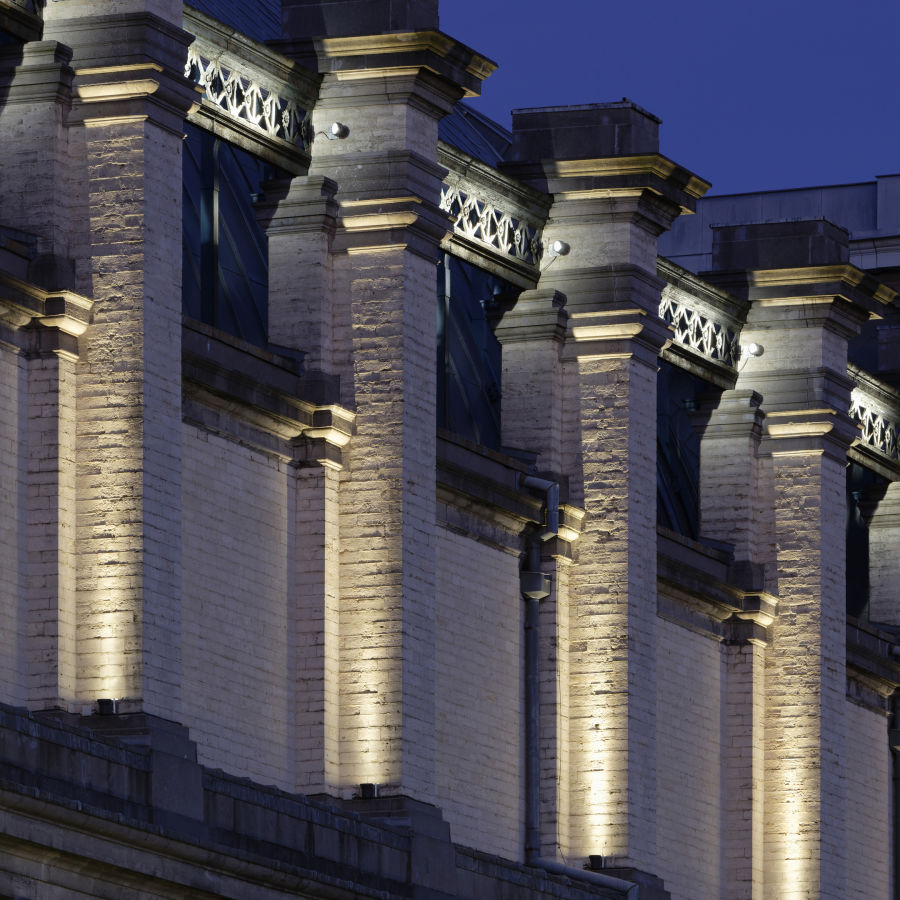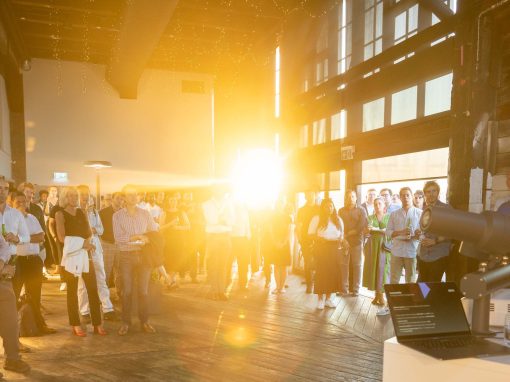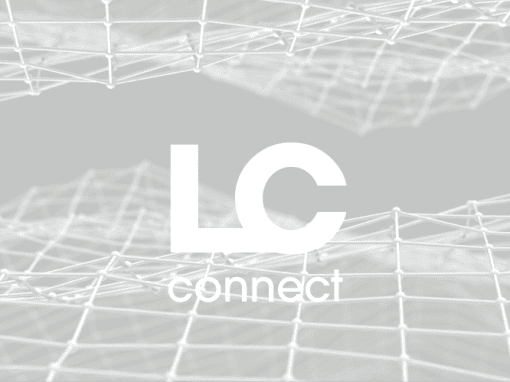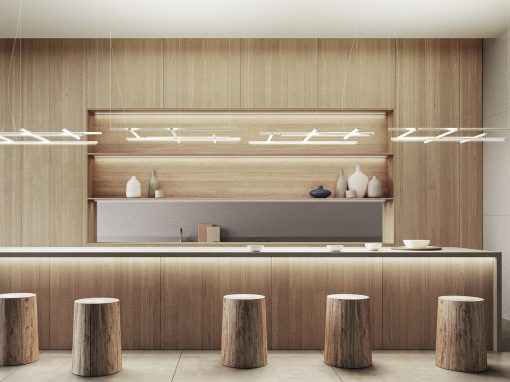Good lighting complements and enhances interior and exterior designs
—highlighting unique features, setting the desired mood,
and creating comfortable and safe illumination.
Lighting is a subtle influence in all areas of our lives. It is the natural agent that stimulates sight and creates a visual space filled with form, colour, and texture. Lighting is an essential design element and a powerful tool that can completely transform a space and affect how people perceive architecture and design. Good lighting complements and enhances interior and exterior designs—highlighting unique features, setting the desired mood, and creating comfortable illumination. Howard M. Brandston said it best: “While there are no rules for good lighting, there are some criteria that can be used as guidelines and help elevate it from ordinary to extraordinary.” The important aspects to consider when designing the lighting for a project are the functionality of the lighting, including the types of illumination, the mood and atmosphere, and how the light and architecture will work together. Taking each one of these into consideration will ensure your lighting design creates a pleasant and positive emotional experience.

FUNCTIONALITY
Different types of spaces have different uses, and therefore have different lighting requirements. When planning the lighting design of a space, it is important to consider what the space will be used for and how people will experience it.
The quantity and quality of illumination is what ultimately affects the overall lighting functionality.
QUALITY OF ILLUMINATION
Quality of lighting is another important consideration. Designing for visual comfort and aesthetic quality will create a pleasant illumination and enhance the overall design and feeling of the space. When well-designed, a space will have harmonious balance between light and dark. Where the light levels change, there is not complete darkness, light overspill, or excessive brightness (glare).

QUANTITY OF ILLUMINATION
How much illumination is needed to create a functional space? Too much lighting and users of the space will experience uncomfortable brightness; too little and it will be difficult for people to see or function. To appropriately light a space you must determine the right quantity of illumination as well as the proper type. Listed below are the three types of illumination common in lighting design.

Ambient Lighting
Ambient lighting is the most basic form of lighting for functionality, as it is used to provide an area with overall, general illumination. The lighting should be seen as soft and uniform and does not create hard shadows or contrasts. In an indoor space, ambient lighting is created using one or two sources to light an entire room, so the occupant has a clear awareness of the boundaries of the space. Outdoors, this type of lighting can be found in parking lots and streets, where uniformity is one of the most important design considerations.

Task Lighting
Sometimes ambient lighting alone does not provide an adequate amount of light to perform tasks such as reading, writing or navigation. When this is the case, task lighting is added on certain areas where increased attention is required by the occupant. Indoors, this is commonly needed on working surfaces such as tables or countertops. Outdoors, extra light will be added to areas such as stairs, street intersections, and pedestrian crosswalks for safety reasons. With task lighting, there is still significant consideration for uniformity on the illuminated area.

Accent Lighting
Contrast is used when the designer wants to bring attention to a certain area or object. The light on an object is perceived as significantly brighter than the general illumination around it through accent lighting. This technique is used in various applications like artwork, sculptures, textured walls, and signs. This method only works when lighting accents are used sparingly in a space.
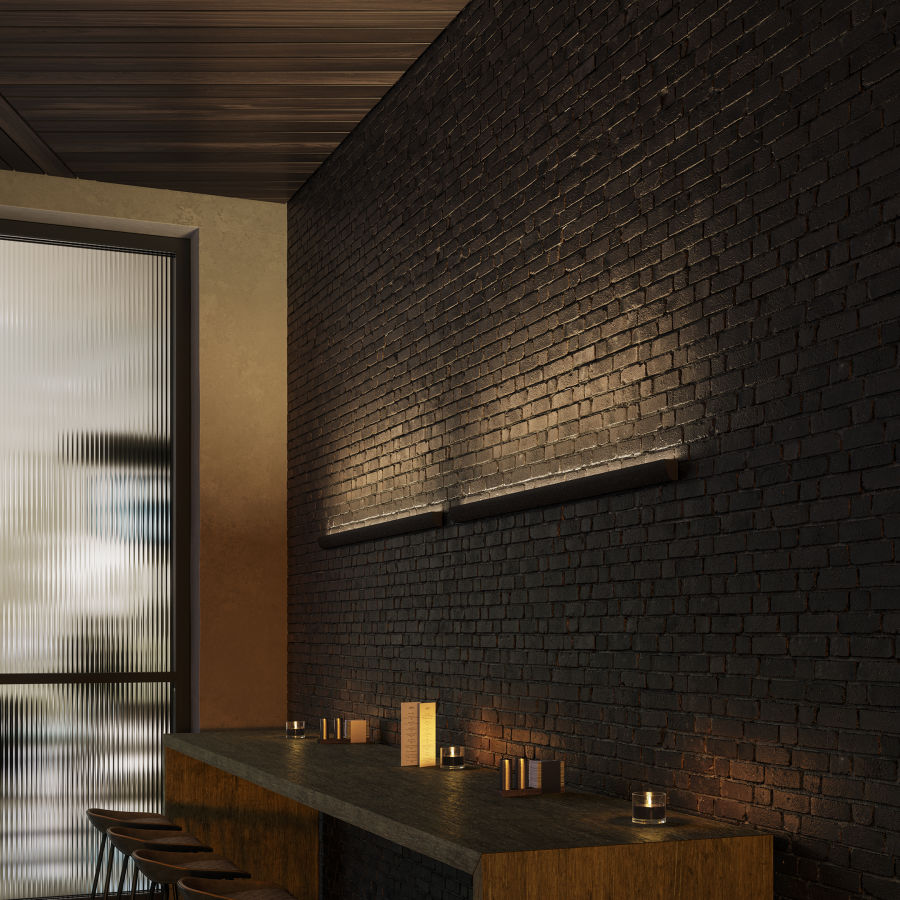
MOOD & ATMOSPHERE
Lighting is an excellent tool for establishing a desired mood and setting the tone of an interior or exterior design. The lighting design should determine how people will feel in the space and it should create an emotional impact. Different lighting intensities, color temperatures, distributions, and shadows will affect the mood of a space, and not all are appropriate for every application.
It is important to determine the purpose of a space in order to create the perfect atmosphere that will enhance the space’s design and function. When designing lighting for a restaurant, one might use shadows and warm lighting with a low intensity to create a private, intimate dining experience for guests. On the other hand, when designing a public plaza in an urban setting, one might aim to create an energetic and festive atmosphere with high light levels and interesting visual accents.
LIGHT & ARCHITECTURE
Lighting as a design element should complement and enhance the architectural style and highlight unique features. A few ways light and architecture can work together: Light can be used to wash walls to bring attention to the unique texture or façade, it can be used to illuminate impressive archways and stairwells, and it can be used to create patterns in corridors or on pathways. In addition to highlighting unique design details, lighting can be used to create structure in an open promenade and create spatial boundaries around an outdoor space.
